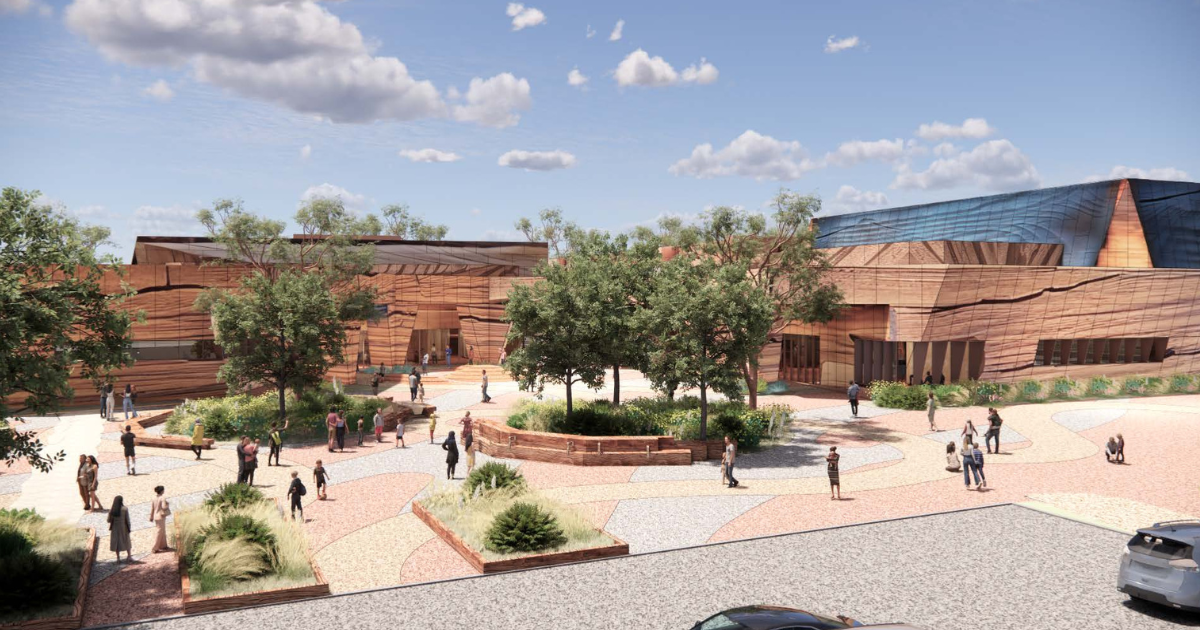Demand for residential land surges 70 per cent

Recent data indicates that there has been a tangible improvement in sentiment and confidence in the housing market.
The most recent housing finance figures released show that lending for the construction of a new home rose in July for the first time since February, to the highest level in two years according the Australian Housing Association (HIA).
HIA’s Chief Economist Tim Reardon says that not only does this data show that there has been an increase in the number of loans for the construction of a new home, there was also an increase in the purchase of new and established homes.
“There has been a tangible improvement in sentiment and confidence in the housing market,” Mr Reardon said.
“Most significant, today’s data shows that there has been a 30.0 per cent increase in the number of loans issued for the purchase of residential land for the second month in a row.

“Finance approvals for the purchase of a block of land are now 69.9 per cent higher than in the same month last year, this is the first indication of the impact of HomeBuilder’
“One of the early decision-making stages of building a new home, is the purchase of a suitable block of land.
“The surge in land sales should see a recovery in the number of slabs being poured as early as the December quarter, as customers proceed through the process to design and construct a new home.
“This will protect employment in the residential building industry and across the economy into 2021.
“This sudden increase in demand for residential land was experienced across all states.
“The surge in lending for land purchases highlights a risk that the availability of residential lots where on-site work can begin within the time-frame of the HomeBuilder package could limit take up under the program,” Mr Reardon concluded.
Across the states, the number of loans to owner-occupiers for the purchase of residential land in July increased across all jurisdictions compared to July 2019.
The largest increase was recorded in Queensland (+145.1 per cent), followed by Western Australia (+110.0 per cent), South Australia (+105.0 per cent), Tasmania (+100.0 per cent), New South Wales +65.0 per cent) and Victoria (+35.3 per cent).

















